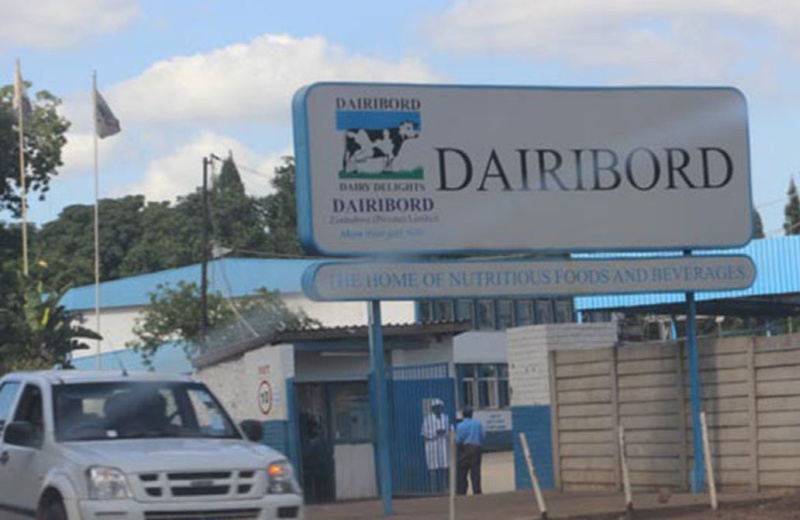Massive jump in wheat hectarage
Farmers have planted wheat on 66 435 hectares this winter, the third highest hectarage since independence and 50 percent more than last year, giving hope that Zimbabwe will hit self-sufficiency or get very close.
Imports have already ceased and may not need to be resumed. There are almost 80 000 tonnes of wheat in stock at the moment, enough for all Zimbabwe’s needs until the present crop is harvested from next month.
While the hectarage is 78 percent of the targeted 85 000 hectares it is significantly larger than what was grown last year, and that was enough to carry the country for nine months so, depending on yields, Zimbabwe could now be on the cusp of self-sufficiency.
As with all crops under the SecondRepublic a number of public and private fincing arrangements were put in place so farmers could access their needed inputs in good time.
Wheat was planted under the Presidential Inputs Scheme, National Enhanced Agricultural Productivity Scheme/Command/CBZ Agro-Yield and private sector schemes.
Speaking after yesterday’s Cabinet meeting, Minister of Information, Publicity and Broadcasting Services Monica Mutsvangwa said the area planted to wheat this season was 50 percent above last year’s hectarage. “The area planted of 66 435.86 hectares is the third highest since independence and is only surpassed by plantings in 2004 (70 585
ha) and 2005 (67 261 ha).
“Wheat stocks were 79 820 tonnes for the week ending August 2, 2021 and are sufficient until the next harvest which is expected to commence in September,” she said.
Farmers’ unions confirmed that the bulk of the wheat in most parts of the country was in good condition with the early planted crop now in the vegetative stages and electricity and water supply had improved this season compared to past seasons.
Zimbabwe Farmers Union executive director Mr Paul Zakariya said the winter cropping season took off well compared to the previous season.
“Wheat production took off very well with increased hectarage compared to the previous season. Combined, over 65 000ha are under wheat. If it was not for some funding and logistical issues, the current hectarage could have been surpassed,” he said.
But Mr Zakariya however said there were some areas experiencing power challenges, as a result of transmission problems rather the supply shortages, and they were working with Zesa and others to address the challenge. “The situation needs to be attended to. We are constantly in touch with all the key stakeholders in the value chain to collectively address challenges as they arise,” he said.
Zimbabwe Commercial Farmers Union president Dr Shadreck Makombe said this season had seen stakeholders uniting to solve the challenges that traditionally affected wheat production.
Farmers had been put in clusters and water supply was not a major challenge this season.
Where power cuts were being experienced, responsible authorities were responding swiftly.
“The bulk of the wheat is now at vegetative stage. Our wheat crop is in good condition and supplies of chemicals and fertilisers are good.
“Farmers in some areas however had challenges with power supply. For instance in areas around Lions’ Den some poles had to be replaced and the issue is being attended to. “We do not expect any crop to be written off because of power shortages,” he said.
Government has been targeting increases in wheat production to meet the national requirement in line with the Agriculture and Food Systems Transformation Strategy, the Agriculture Recovery Plan and the National Development Strategy 1 and in pursuit of the vision by becoming an empowered and prosperous upper middle income society by 2030.
Last season, farmers produced wheat enough to meet local demand for nine months and are doing significantly better this season on both the area planted and the expected yields.-herald.cl.zw










